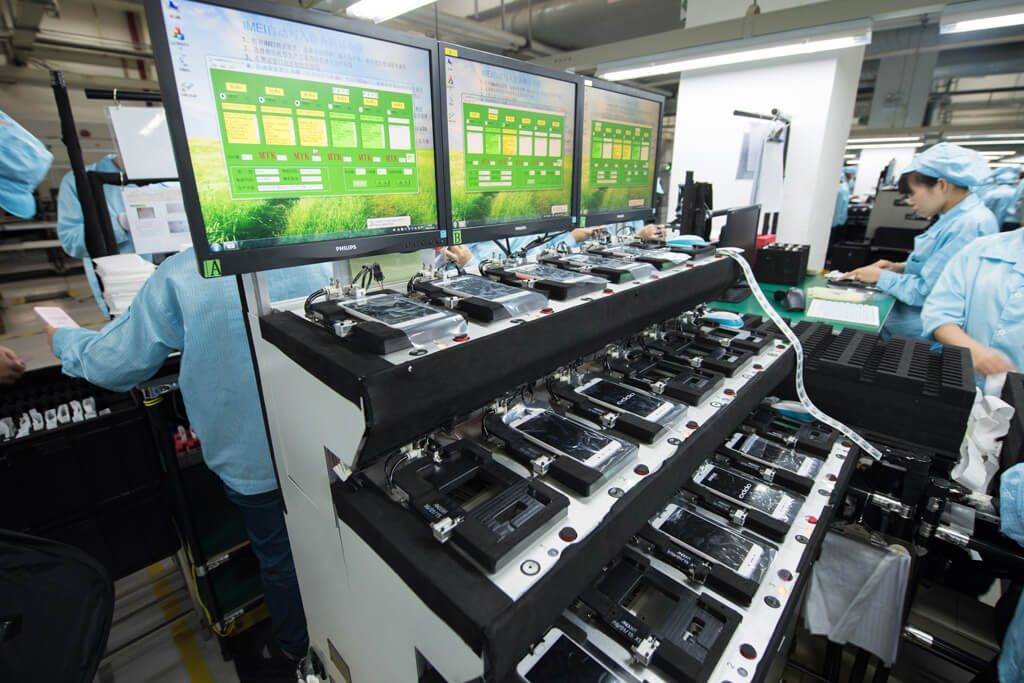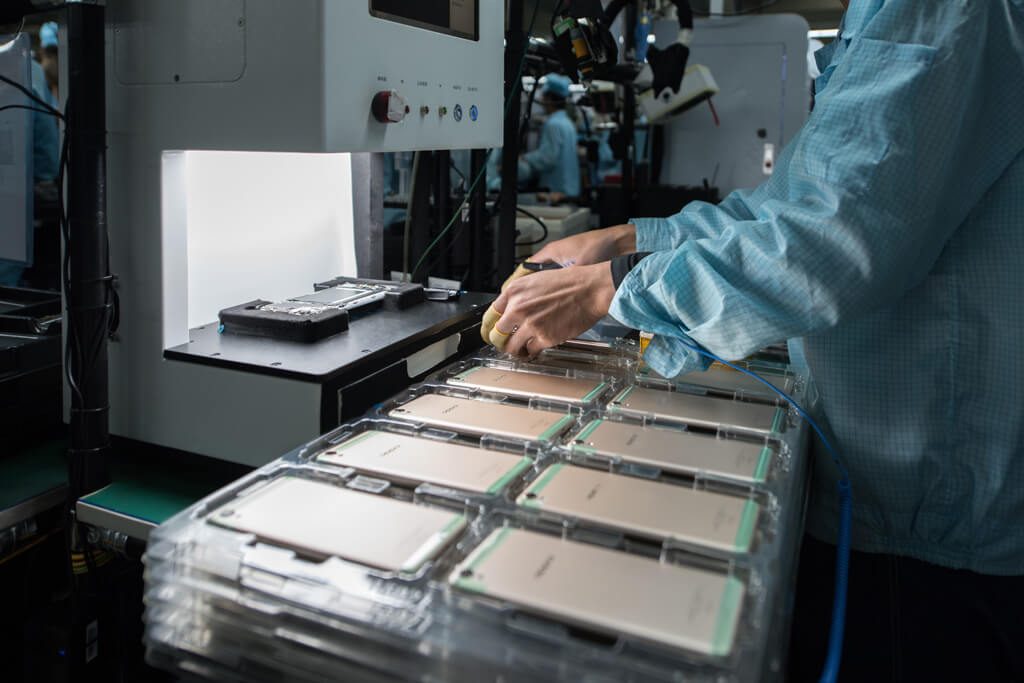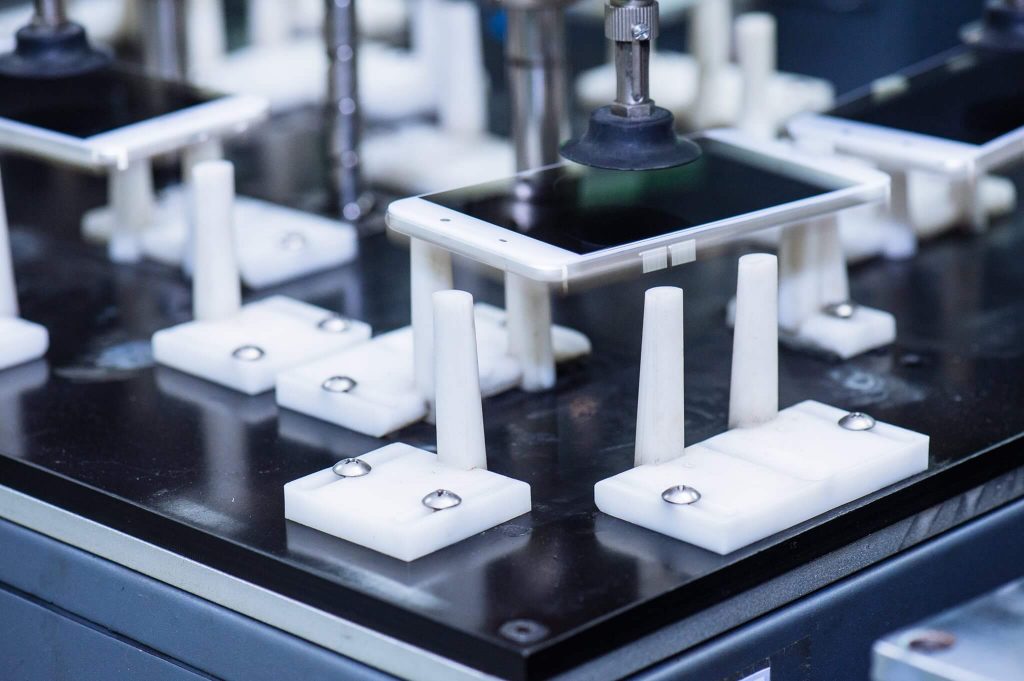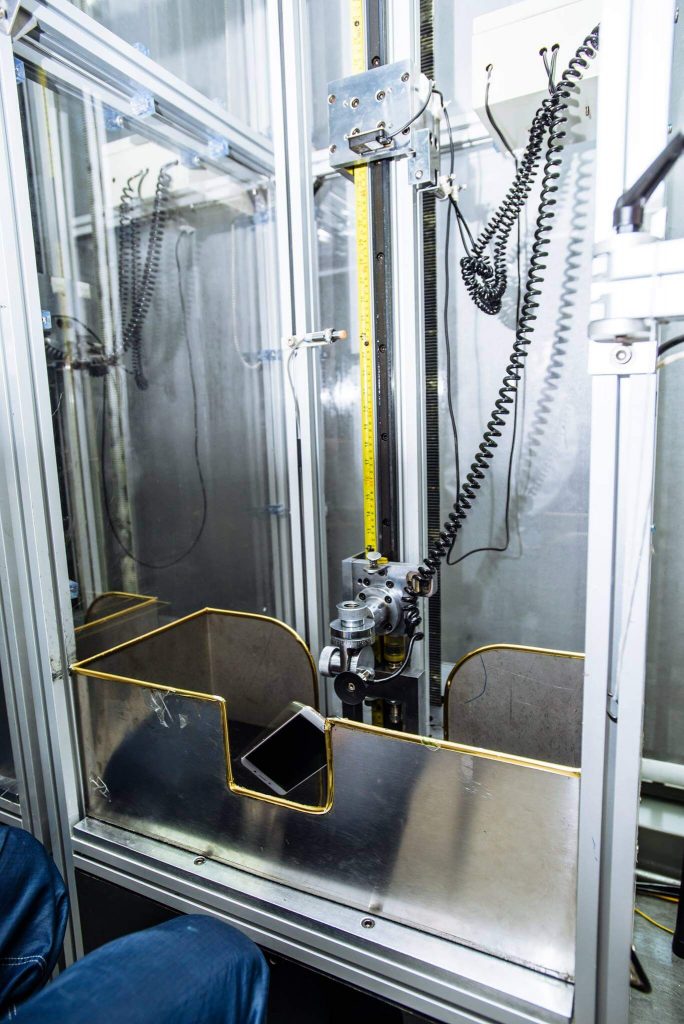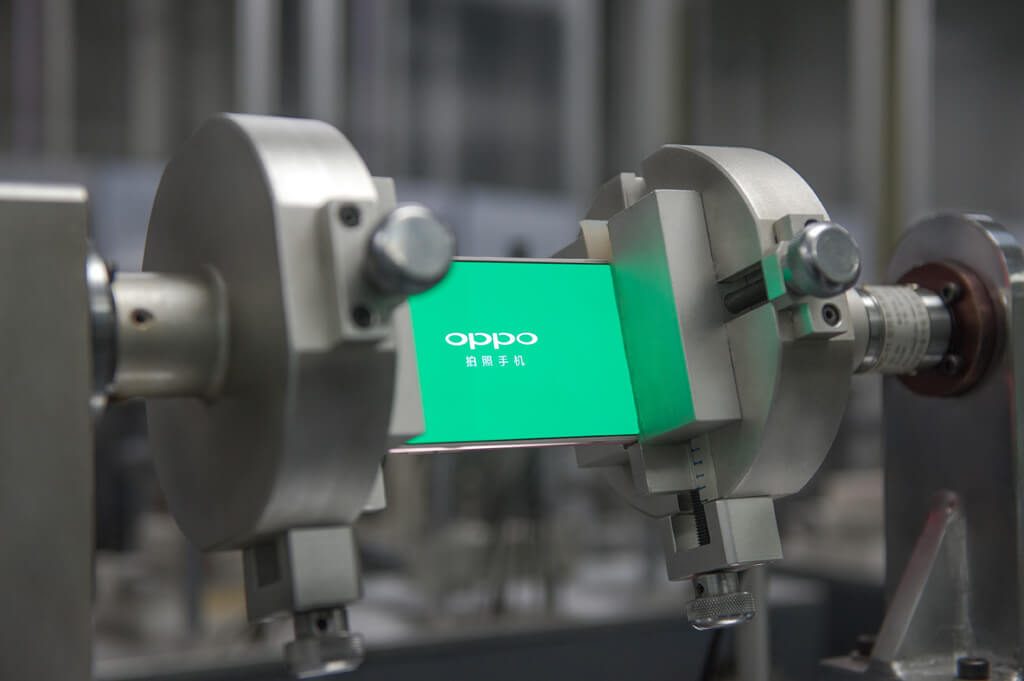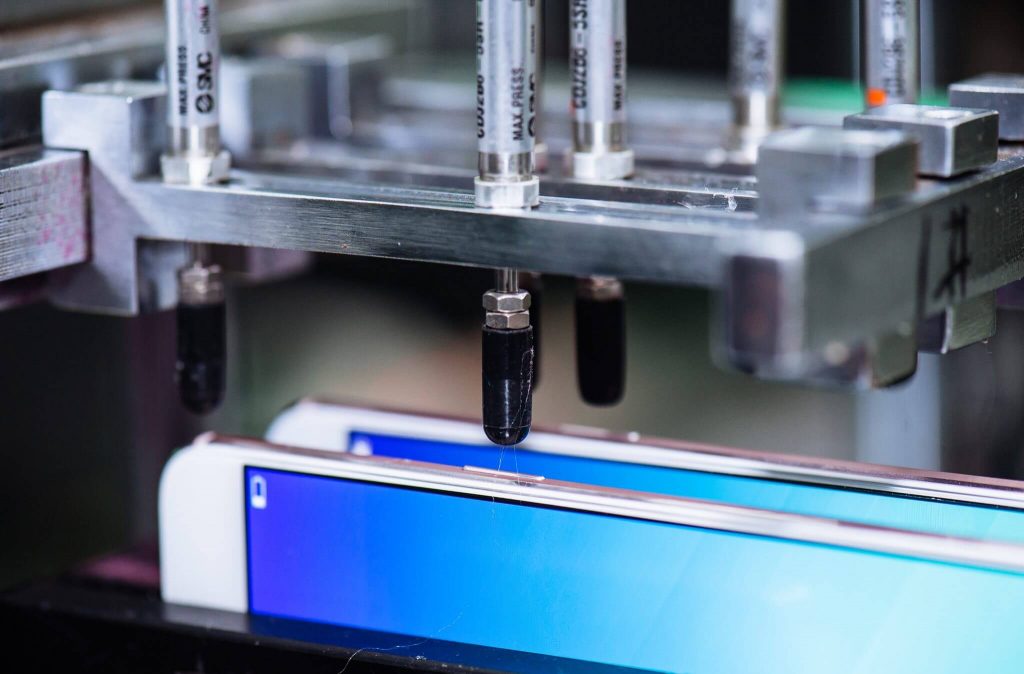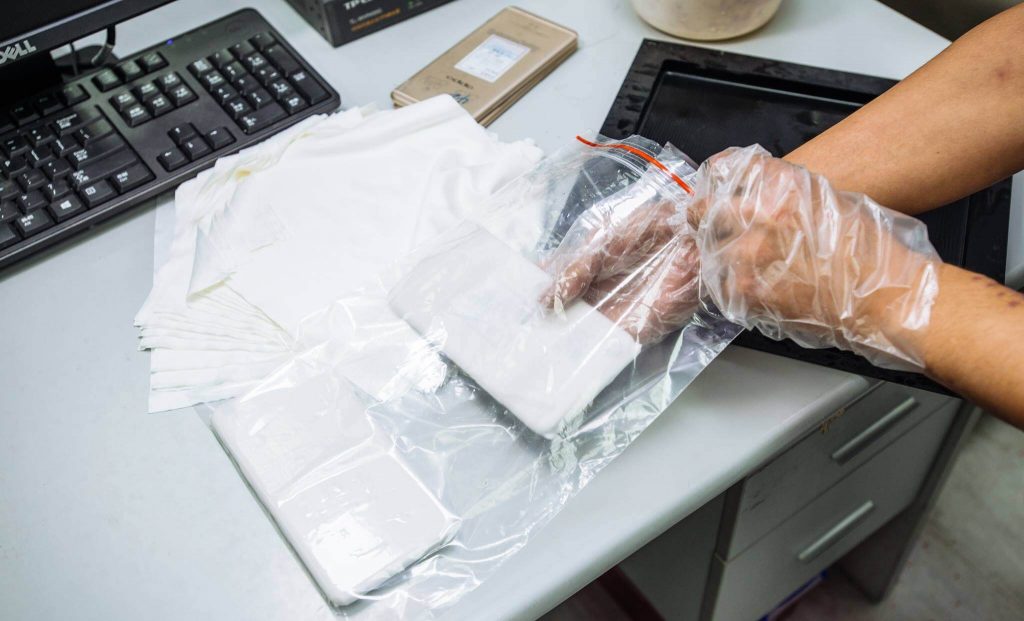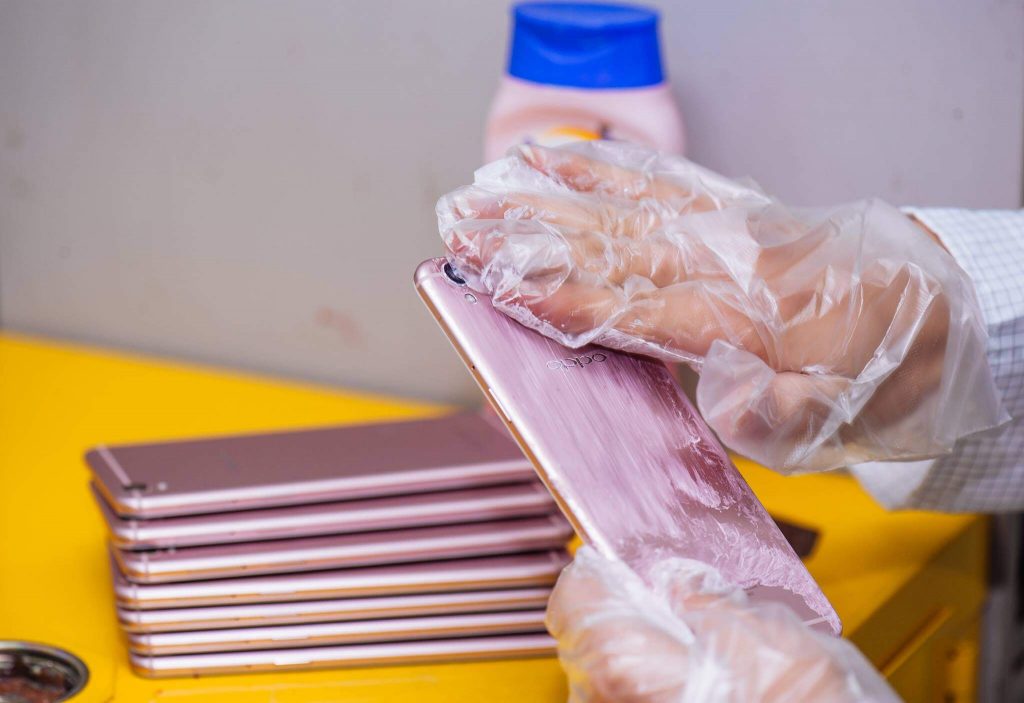About this time last week, I was in a smartphone manufacturing facility in Shenzhen, China.
It was a refreshing experience. As an industrial engineer, the production concept isn’t new to me. It made me remember the things I used to work on. Actually, I can somewhat see the similarity of the smartphone production lines to the textile/clothing production lines I used to work on before. For instance, the layout of the production line (which resembles the letter U, denoting the assembly line flow) is similar, which implies its efficiency.
Moreover, the strict quality tests done are essential in the production of the phone, which is what I want to highlight in this article.
OPPO, the brand we know as the “Selfie Expert” in smartphones brought us on a quick tour to one of their manufacturing plants. We were given a tour of the production line, the quality engineering department, and the SMT center (that has motherboard production lines and small plate production lines).
I would like to put the spotlight on the Quality Engineering (QE) Lab.
The QE Lab is where all the tests for smartphones are done. Here, they perform spot testing of smartphones from the start of prototyping up to mass production of handsets. This is to ensure that the quality of the phones are kept at a high standard so that you won’t have to worry that your device will break in case it slips from your hand.
At the QE Lab, they perform a total of 153 quality assurance tests categorized into three – performance, environmental (continuous aging of functional components, adaptability in various environments), and structural (destructive, structure-plug).
The tests that caught my eye include:
Micro-drop test – The front and back areas of the handset are thrown from a height of 7cm for 20,000 times. Then, the handset is also thrown from the other four sides. Each handset is thrown 42,000 times in total.
Drop test – The device is dropped at a height of 1m. It will fall on its six surfaces, eight corners, and 12 edges, and it will fall from each surface, corner, and edge twice. If the first drop test is successful, a second drop test is conducted in the same way as the first one but the height is increased to 1.5m.
Twist test – A specific amount of torque is applied on the phone for 1,000 times. This should not break the handset.
Button click test – Since we frequently push the Power and Volume buttons, it is important to ensure their durability. In this test, they tap each side key 100,000 times with the 1kg force and then tap the fingerprint key 1 million times. Apparently, if you click the buttons 50 times a day, it will take around 6 years to use up all the 100,000 clicks.
Tumble test – The phone is randomly rotated in an enclosed container 75 times at a rotational speed of 3-5 times per minute (equivalent to tumbling from the 1m height 150 times). This simulates the situation where you drop your phone in an inclined area and it tumbles down when it was dropped. It is expected that the four corners of the handset may incur bruises to some degree, yet it should still function properly. Moreover, the ornament and shell shall not be detached or cracked. After this test, the handset is disassembled to check for signs of internal structural damage.
Rain test – This test is based on the IPX2 waterproofing grade (rainfall 60L/hour, known as moderate rain). Before the test is done, the handset is pitched at a 75°angle to any of the four sides. After the test, the handset is wiped clean to verify whether all of its functions are normal. Then, the handset is left for three days to ensure that the water inside the handset evaporates. Finally, the handset is disassembled to verify that the main board BTB and display screen are not corroded.
Salt spray test – The surface of the handset is sprayed with the salt concentration of 5%. Then, it is kept in a hot and humid environment (55°C and 95%H). Later on, the handset is taken out and kept at a normal temperature, making it exposed to air. Lastly, a full inspection is done on the handset.
Environmental test – The handset is subjected to an extreme high-temperature environment of 85℃ for 500 hours. After the test, the handset should still function normally and the RF index parameters are still within the specified range.
Sweat test – Since we hold our handset often, this test is crucial. A piece of clean cloth is dipped in artificial sweat and it is used to wrap the handset. The handset is stored in a hot and humid environment (55°C and 95%H). After 48 hours, full inspection of the handset is done.
Other cosmetic tests – Other chemical tests are also done on the handset. This includes the use of coffee, wine, and vinegar to ensure that everyday chemicals that we deal with while using our phones won’t damage it. Basically, they try to mimic everyday situations where the phone can be used.
In case there are defects found after any of these tedious tests, the research and development team will solve the problem.
Hey, I’m not telling you to drop your phone now. What I’m telling you is that there is nothing to worry in case you drop it. Come on… 42,000 times, that’s a lot of drop testing.

